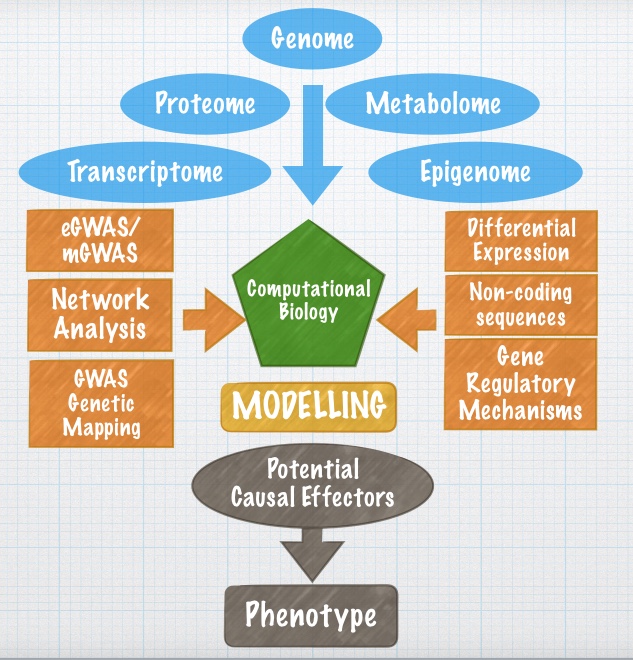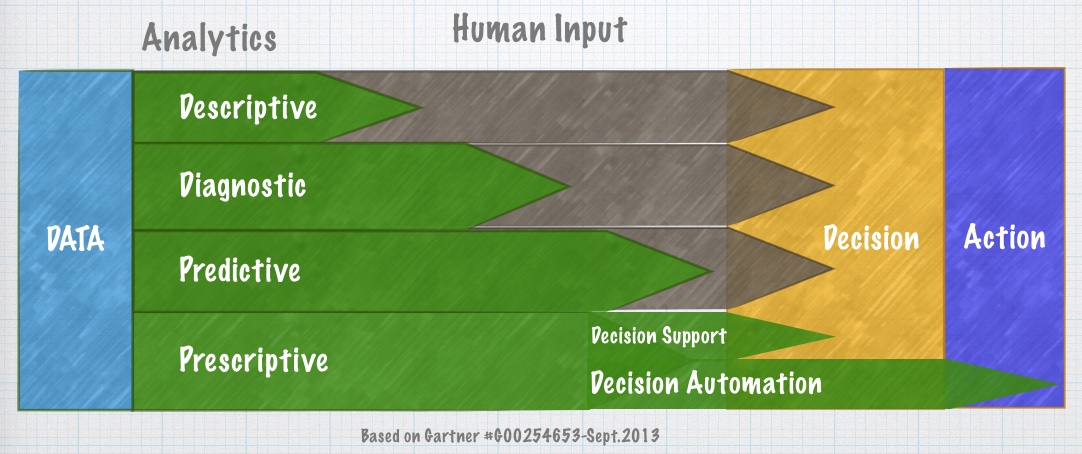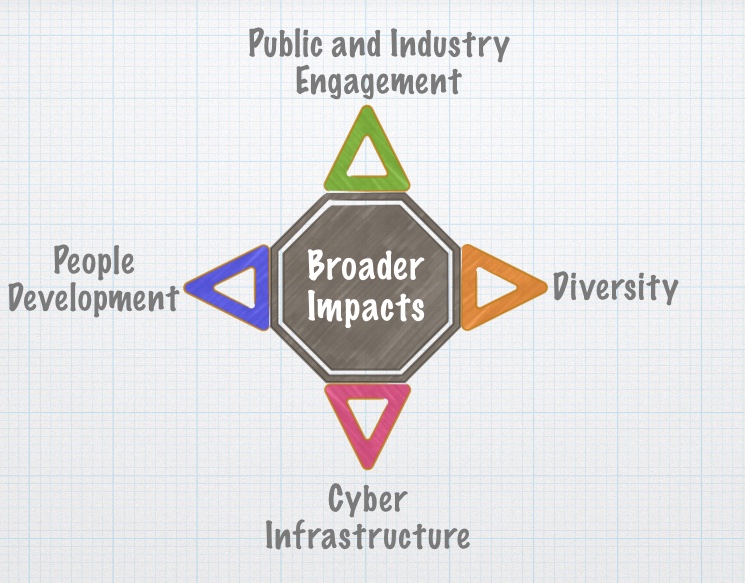Computational Biology
Computational biology involves the development and application of data-analytical and theoretical methods, mathematical modeling and computational simulation techniques to the study of biological, ecological, behavioral, and social systems.The field is broadly defined and includes foundations in biology, applied mathematics, statistics, biochemistry, chemistry, biophysics, molecular biology, genetics, genomics, computer science and evolution.
In Umbrella Genetics, we strive to leverage all available aspects of computational biology techniques for applications to data analytics for ag-biotech product development.
To this end- once a high-projected value(HPV) product development target is identified, we integrate available data across public and inhouse data sets from genetic, phenotypic and genomic domains to enable predictive modelling for germplasm improvement.
The preliminary data directed evaluation of HPV targets not only enables derisking and informed experimental design for product development, but also provides a framework where structured project design and execution practices can be applied.
Analytical framework development for crop improvement target discovery and validation.
Analytical pipeline design and implementation for piloted methods, custom designed for clients’ projects.
Genetic, genomic and phenotypic data integration and analysis from unbalanced data sets.
In silico simulation study design and execution for optimization of experimental parameters.
Contact us for more information
Big Data Analytics
The majority of raw data, particularly big data, doesn’t offer a lot of value in its unprocessed state. Of course, by applying the right set of tools, we can pull powerful insights from this stockpile of bits.
Descriptive Analytics: Insight into the past
Descriptive analysis or statistics does exactly what the name implies they “describe”, or summarize raw data and make it something that is interpretable by humans. They are analytics that describe the past. The past refers to any point of time that an event has occurred, whether it is one minute ago, or one year ago. Descriptive analytics are useful because they allow us to learn from past behaviors, and understand how they might influence future outcomes.
This is often the first step in engineering Big-Data-Analytical systems.
Predictive Analytics: Understanding the future
Predictive analytics provide estimates about the likelihood of a future outcome. It is important to remember that, in this sense- prediction means assignment of a expected probability to each possible outcome. Another word that is often used for predictive analytics is “forecasts”. This is because the foundation of predictive analytics is based on probabilities.
These statistics try to take the data that you have, and fill in the missing data with best guesses, or inferences. They combine historical data found in various information management systems, such as ERP (Enterprise Resource Planning), CRM (Customer Relationship Management), HR (Human Resources), as well as research specific enterprise solutions for information management such as LIMS (Laboratory Information Management Systems) and FIMS (Field Information Management Systems) to identify patterns in the data and apply statistical models and algorithms to capture relationships between various data sets.
Prescriptive Analytics: Advise on possible outcomes
The relatively new field of prescriptive analytics allows users to “prescribe” a number of different possible actions to and guide them towards a solution. In a nut-shell, these analytics are all about providing advice. Prescriptive analytics attempt to quantify the effect of future decisions in order to advise on possible outcomes before the decisions are actually made. At their best, prescriptive analytics predicts not only what will happen, but also why it will happen providing recommendations regarding actions that will take advantage of the predictions.
Prescriptive analytics go beyond descriptive and predictive analytics by recommending one or more possible courses of action, depending on the constrains on the system. Essentially they predict multiple futures and allow researchers to assess potential outcomes based upon their actions.
Prescriptive analytics use a combination of techniques and tools such as business rules, algorithms, machine learning and computational modelling procedures. These techniques are applied against input from many different data sets including historical and transactional data, real-time data feeds, and big data.
Prescriptive analytics are relatively complex to administer, however when implemented correctly, they can have a large impact on how businesses make decisions.
Contact us for more information
Broader Impacts(BI) for Scientific Research
According to the NSF publication titled Perspectives on Broader Impacts
Each year, the National Science Foundation (NSF) receives about 50,000 proposals for funding. Because there are many more worthy proposals than NSF is able to fund, the foundation distinguishes among them through a merit review process that incorporates two criteria: merit and broader impacts.
These are hard times for research funding. According to the Science Magazine article NSF’s 2019 budget was to be slashed by 30%, to $5.27 billion- only to be restored with a footnote at the last second to leave it at its current, 2017 level.
As a result- NSF Directorate of Biological Sciences implemented some unwelcome changes to submission guidelines, including limiting the number of proposals that an individual may submit as PI or co-PI to one per fiscal year article.
However, according to the National Alliance for Broader Impacts NABI publication from january 2018“Although many resources are available to support researchers in the design, implementation, and evaluation of their BI work, much work remains to clarify the BI criterion and how to effectively address it.”
Some of the common issues summarized in the document were:BI criterion is unclear
Academic culture does not reward BI activities and dissemination
Resources to support BI are lacking at the individual, institutional, and national levels
Universities, governmental representatives, and nonacademic partners need better ways to understand and communicate about BI internally and externally to demonstrate research value
In the context of broader impacts - it is important to disseminate research findings and results far and wide. Four main pillars of Broader Impacts are:
People Development
Public and Industry Engagement
Diversity
Cyber Infrastructure
Umbrella Genetics offers consulting and project management services to public and private reasearch groups on broader impacts areas for agricultural research topics - tailored to your budget- time and scope.



